Understand 18650 Lithium Battery Specifications: from Basic Parameters to Application Scenarios
The rapid development of mobile electronic equipment and electric vehicle market, 18650 lithium battery as an important power source, it has attracted much attention. This article will introduce the specifications and parameters of 18650 lithium batteries, and make detailed analysis from basic parameters to application scenarios to help readers better understand this important energy storage device.
-
Basic parameters
18650 lithium battery is a type of cylindrical lithium-ion battery, and the "18650" in its name represents its size specification, with a diameter of 18mm and a height of 65mm. This standard size makes 18650 lithium batteries widely used in various devices, including portable electronic devices, electric tools, electric vehicles, etc. In addition, the nominal voltage of 18650 lithium batteries is generally 3.7V, the charging cut-off voltage is 4.2V, and the discharge cut-off voltage is 2.75V. These basic parameters provide important reference basis for the design and application of 18650 lithium batteries. -
Capacity and energy density
18650 the capacity of lithium battery is an important indicator to measure its storage energy, and the commonly used capacity unit is milliampere hour (mAh) or ampere hour (Ah). Generally speaking, the capacity of 18650 lithium batteries is between 1000mAh and 3500mAh. Batteries of different capacities are suitable for different devices and scenarios, meeting the diverse needs of the market. In addition, energy density is also an important parameter for evaluating the performance of lithium batteries. The energy density of 18650 lithium batteries is usually between 150-250Wh/kg. High energy density means higher performance and lighter equipment. -
Charge and discharge characteristics
18650 the charge and discharge characteristics of lithium battery play a vital role in its performance in practical application. Charge rate and discharge rate are important indexes for evaluating battery performance, usually expressed as C value. Charging rate refers to the ratio of the maximum charging current allowed by the battery to its capacity, while discharge rate refers to the ratio of the maximum discharge current allowed by the battery to its capacity. In addition, cycle life is also an important indicator for evaluating battery quality, which is usually expressed in the number of charge and discharge cycles. High cycle life means that the battery has a longer service life. -
Security Performance
the safety performance of 18650 lithium battery is the focus of much attention. Safety performance includes short circuit, overcharge, overdischarge, high temperature and other aspects. Excellent 18650 lithium batteries should have good safety protection devices, which can effectively prevent the occurrence of abnormal situations such as short circuit, overcharge and overdischarge, and have good high temperature resistance. These safety properties are crucial to ensuring the safety of the battery during use. -
Application scenarios
18650 lithium battery has been widely used in many application scenarios due to its moderate size, adjustable capacity and high energy density. Mainly includes portable electronic devices (such as laptops, digital cameras, unmanned aerial vehicles, etc.), electric tools (such as electric wrench, electric scissors, etc.) and electric vehicles (such as electric bicycles, electric vehicles, etc.) and other fields. 18650 lithium batteries with different capacities and performances can meet the requirements of different devices for power supply, so they have wide application prospects in these fields.
18650 lithium battery, as an important power energy, plays an important role in the mobile electronic equipment and electric vehicle market. By understanding its basic parameters, capacity and energy density, charging and discharging characteristics, safety performance and application scenarios, 18650 lithium batteries can be better selected and applied, and the development of battery technology can be promoted, meet the needs of energy storage devices in different fields.
 Dongguan Juneng New Energy Technology Co., Ltd.
Dongguan Juneng New Energy Technology Co., Ltd.
 137 5142 6524(Miss Gao)
137 5142 6524(Miss Gao)
 susiegao@power-ing.com
susiegao@power-ing.com
 Xinghuiyuan High tech Industrial Park, Dalang Town, Dongguan City, Guangdong Province
Xinghuiyuan High tech Industrial Park, Dalang Town, Dongguan City, Guangdong Province


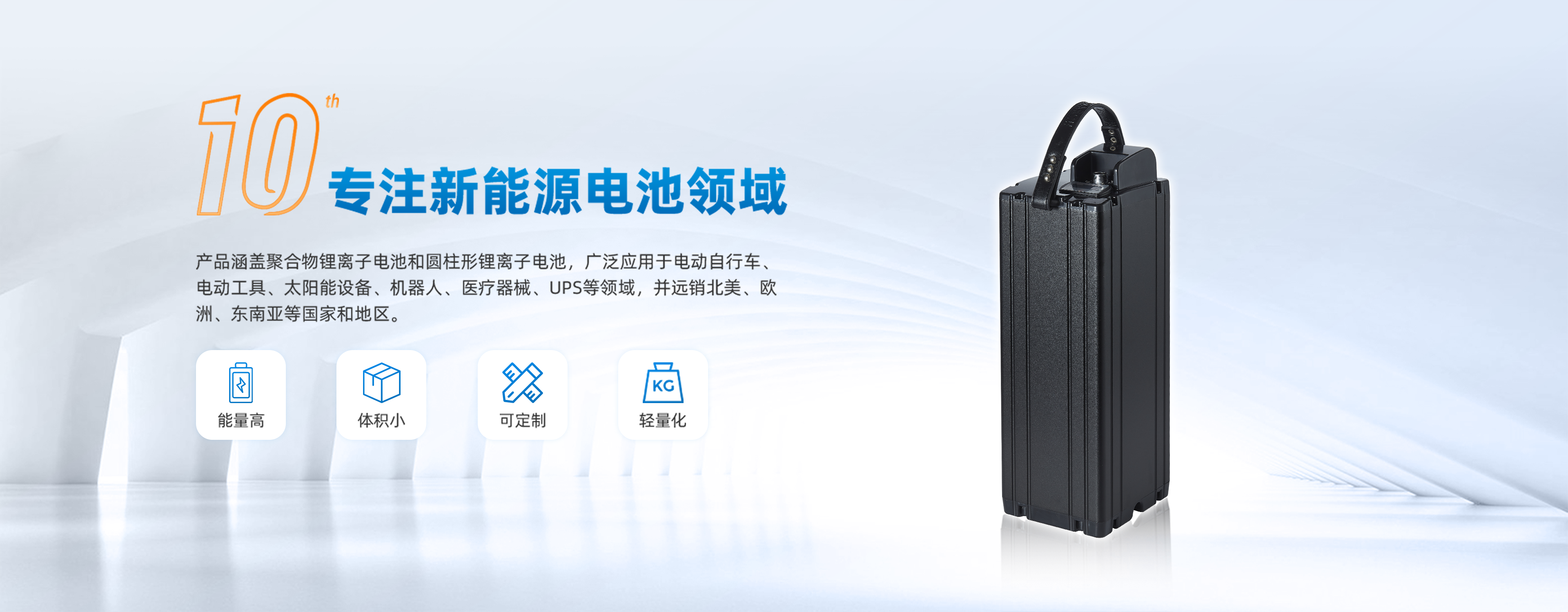
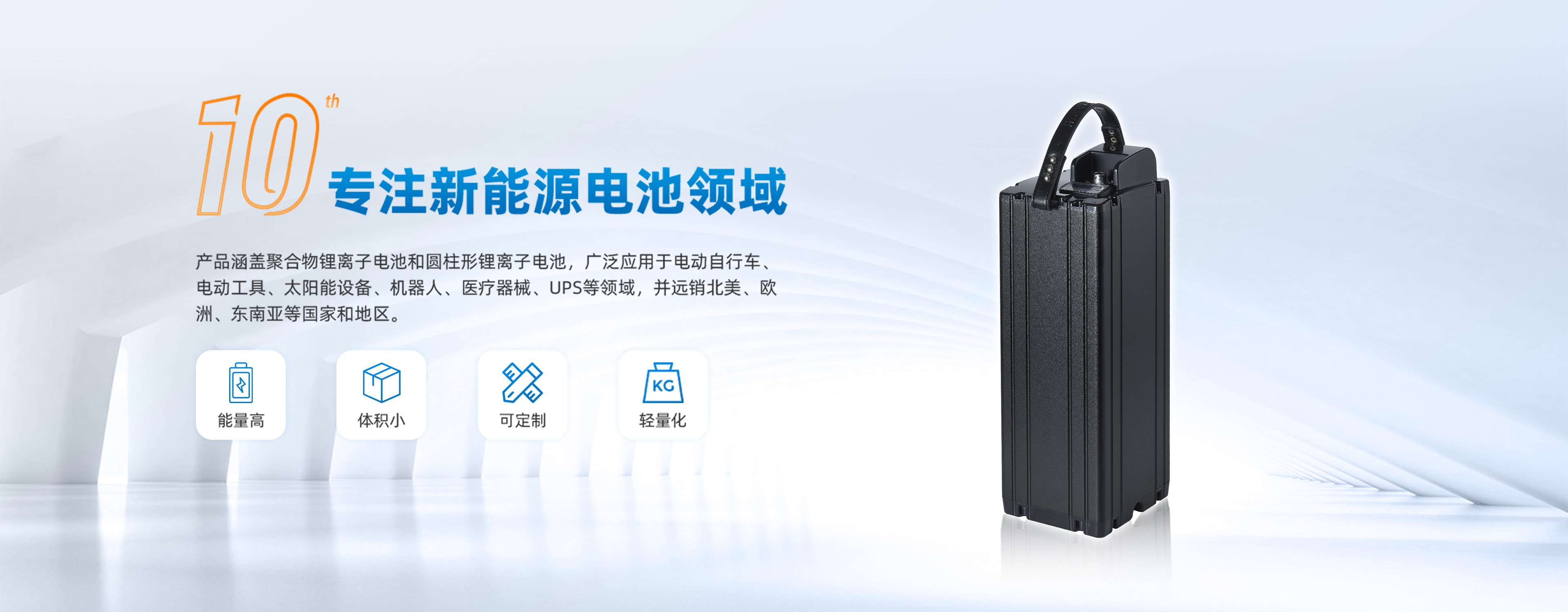
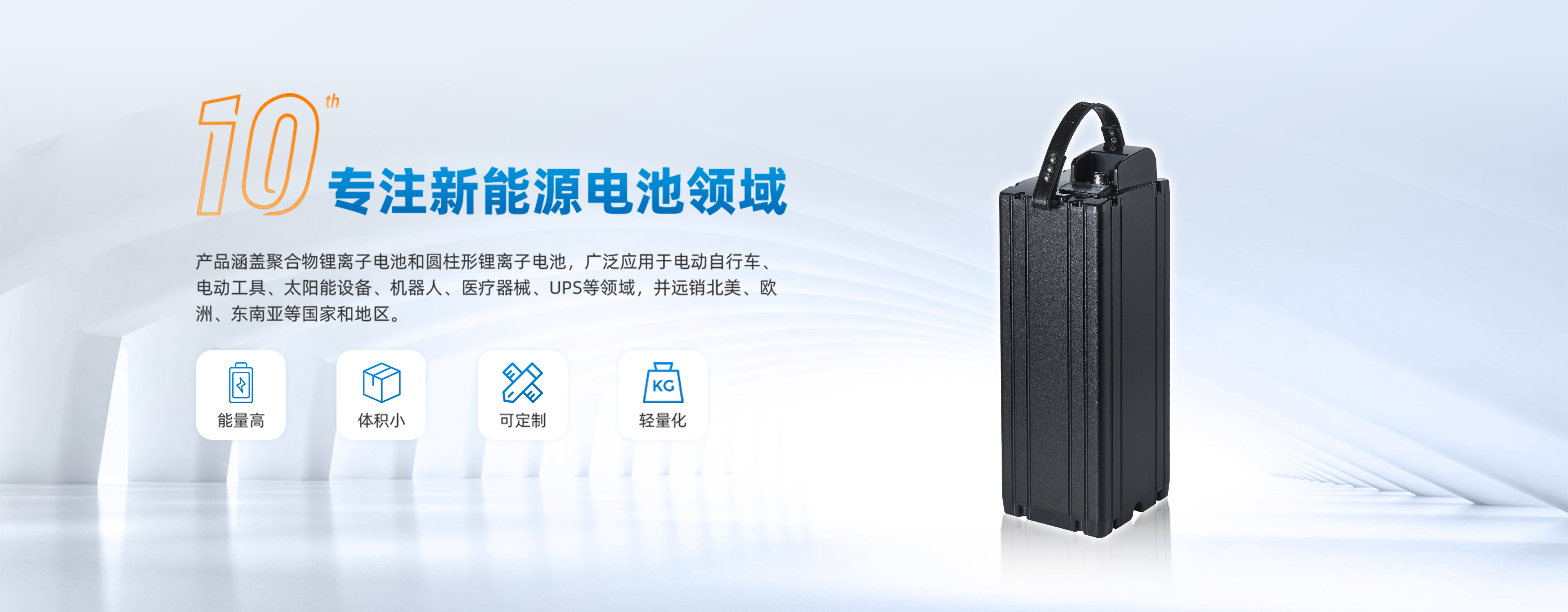



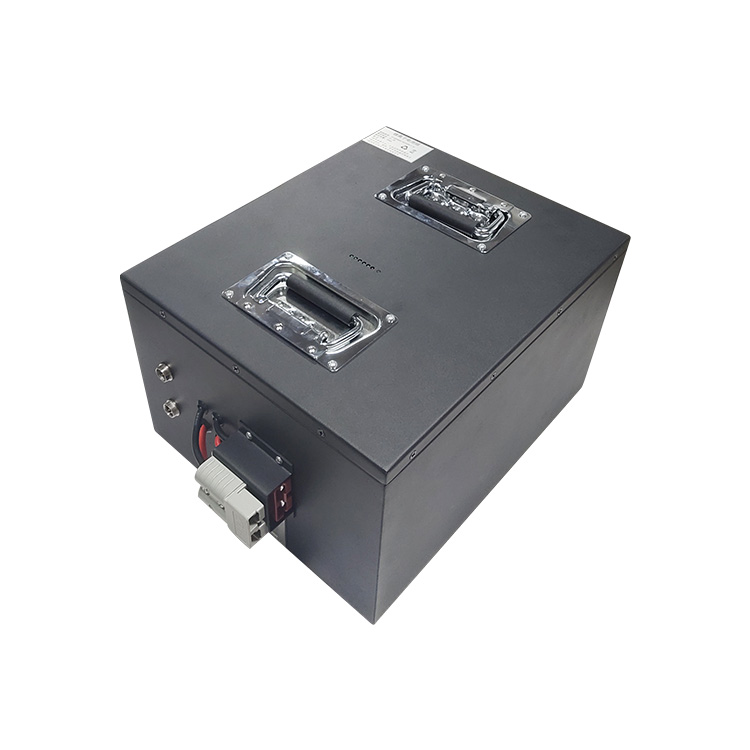


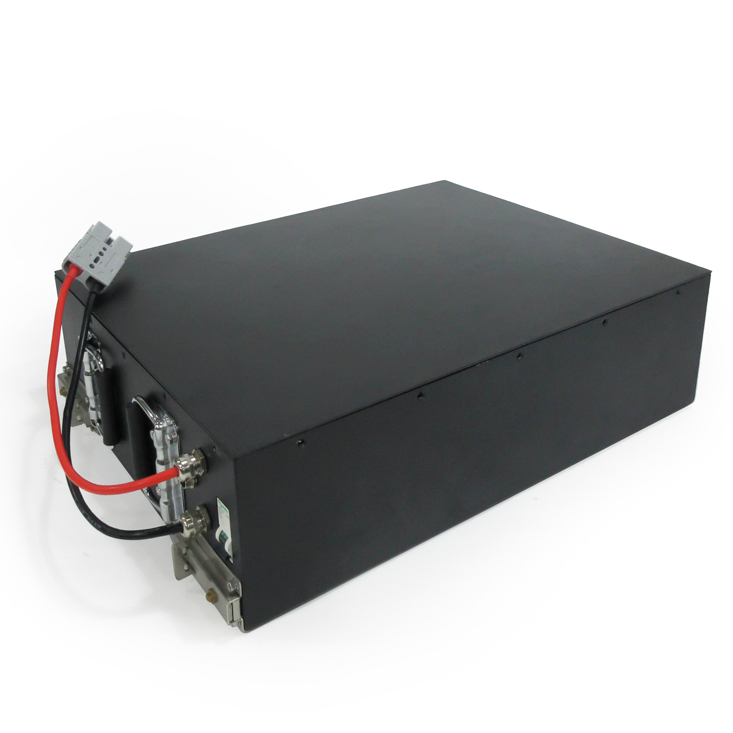

 Yue Gong Wang An Bei No. 4419002007491
Yue Gong Wang An Bei No. 4419002007491